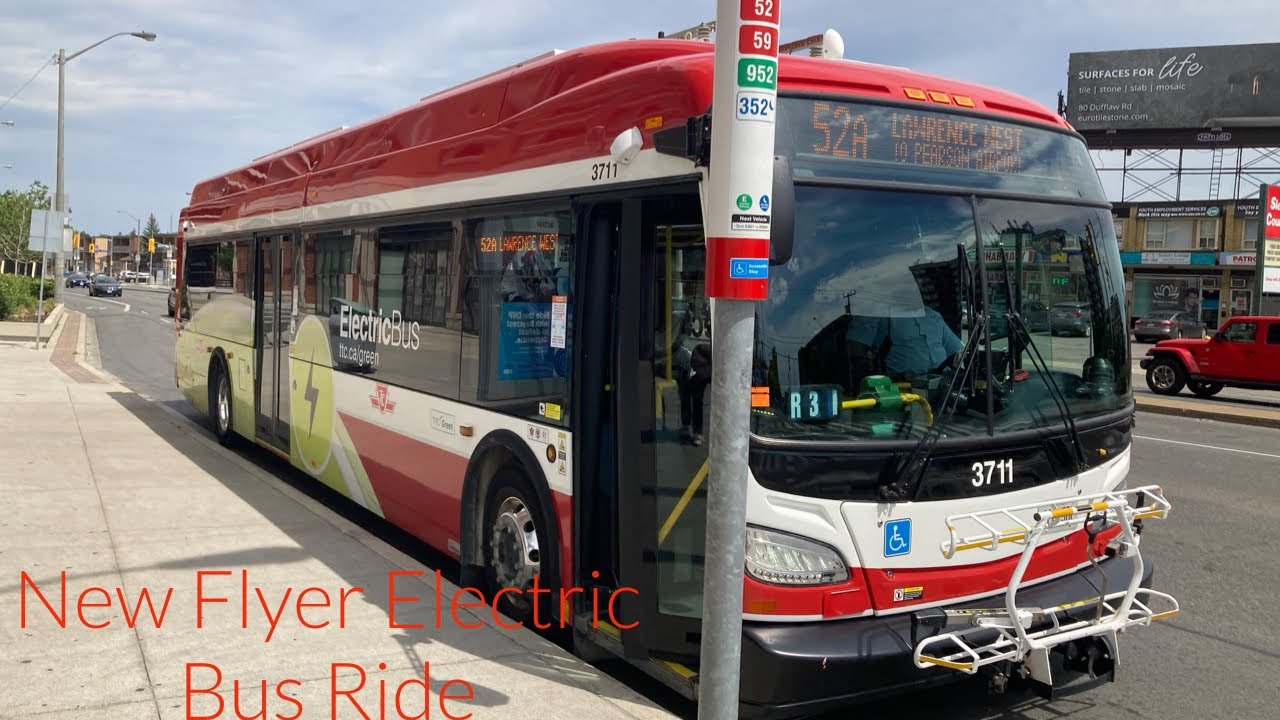A System on the Edge
The Toronto Transit Commission (TTC) is often labeled the lifeblood of the city, moving millions of riders each day. Yet, it faces significant pressure and scrutiny as the demand for greater efficiency and service grows. With ridership rebounding post-pandemic, the TTC’s ability to keep pace will shape the future of public transit in the capital.
Increased Ridership and Lingering Challenges
Recent statistics indicate that TTC ridership has surged back to about 80% of pre-pandemic levels. This rebound reflects the city’s ongoing recovery and the critical role of public transport in facilitating this growth. Nonetheless, as millions flock to the trains and buses, the system is grappling with operational challenges that threaten its efficiency.
The Growing Demand for Improvement
City officials and transit advocates are increasingly vocal about the need for enhancements to the TTC. Public sentiment on social media reflects frustration among riders, with complaints about overcrowded trains and delays trending nationwide. “Riding the subway feels like a game of sardines at 5 PM,” one Twitter user lamented, echoing what many are feeling during their daily commutes.
Financial Constraints and Future Investments
The TTC operates within a complex financial structure, which makes resource allocation difficult. Operating at a deficit of over $350 million this year, the commission requires a careful balancing act of what improvements can be realistically pursued. The call for increased provincial support and innovative funding solutions is palpable among stakeholders, with TTC chair Brad Bradford arguing, “Transit is the city’s spine. Investing in it is investing in our future.”
Possible Improvements and Innovations
Looking ahead, conversations are shifting towards innovative solutions and modernization efforts. With advancements in technology, some have proposed upgrading fare systems to contactless payments and enhancing real-time tracking apps. “Toronto needs a transit system that embraces technology and offers seamless travel,” said local transit advocate Sarah Lee. “The future of the TTC should focus on accessibility and efficiency.”
Implications for the City
The state of the TTC impacts more than just daily commutes; it affects economic stability, real estate values, and environmental initiatives in Toronto. If the system fails to adapt to the increasing demand and expected standards of service, the potential consequences could hinder the city’s growth and development objectives.
A City on the Move
Ultimately, the TTC’s evolution will define how the city functions in the years to come. The pressure is on to enhance an already-vital service not just for public transport but as an economic engine for Toronto. As multifaceted challenges arise, the message is clear: The time for bold and effective changes is now.
